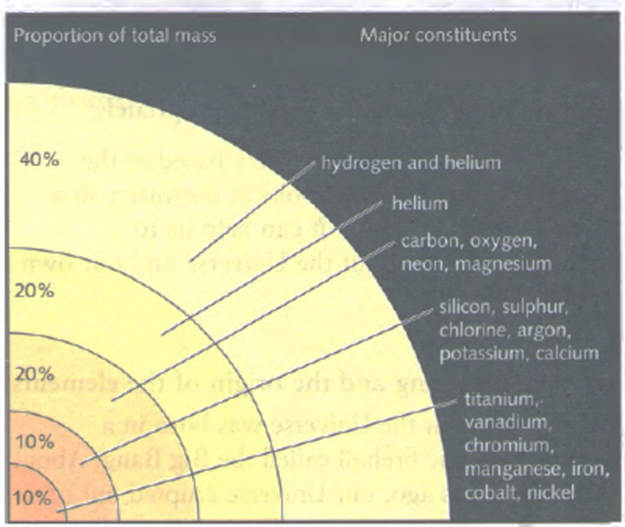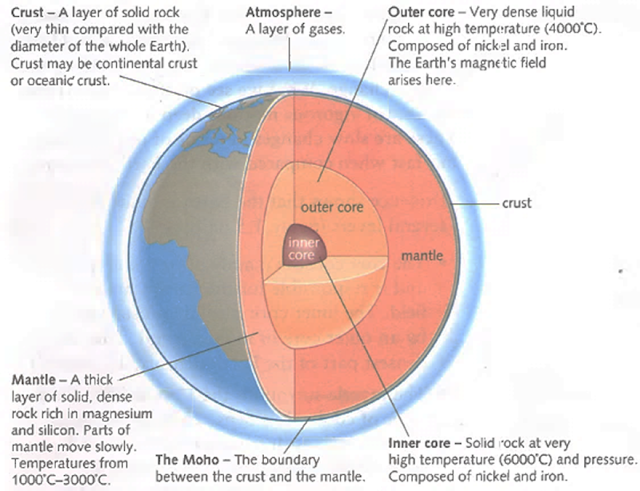Introduction
The matter may be understood as anything that has a weight and mass. It is as the very origin of anything you may know to exist, from the microscopic objects to the entire earth and universe.
It is thought that the Universe was born in a blistering cosmic fireball called the Big Bang. About 15 billion years ago, our Universe erupted out of nothing in a huge explosion. Everything – all matter, energy, even space and time – began to exist at that instant. Since then, the stuff of the Universe has been expanding and cooling. In the earliest moments of time, the Universe occupied a tiny volume and was unimaginably hot. It was a searing fireball of radiation and primitive particles. As the Universe cooled, these particles assembled to form atoms. Gradually these clumped together due to the action of gravity and formed billions of galaxies, vast islands of stars. The Milky Way, our own galaxy, is only one of these.
There seems to be an infinite variety in the world around us, but beneath it, there is a small number of basic building blocks. The original primitive particles were the quarks and leptons (of which the electron is one) that inhabited the high-energy Universe just fractions of a second old. From these particles, protons, neutrons and then atoms are assembled. Evidence for these particles and their interactions comes from their brief creation after collisions in particle accelerators. The use of accelerators allows scientists to ‘run the clock backwards’ to trace the likely events that occurred a tiny fraction of a second after the Big Bang.

During the earliest times of the Universe, matter and antimatter created in the Big Bang collided and annihilated each other. The collisions produced energy in the form of radiation. The balance between matter and antimatter in the early Universe was not even, and so the material world came into existence. Although we do not normally find antimatter in our part of the Universe now, we are able to create antiparticles in particle accelerators and learn about the conditions in which they were formed and how they behave. The first anti-matter element, antihydrogen, was synthesised at CERN in 1996.
THE ORIGIN OF THE ELEMENTS
About 100 seconds into the life of the Universe, the temperature had fallen to a mere 100 billion kelvins. Protons and neutrons began to collect together, making the light atomic nuclei of hydrogen, helium and lithium. However, the building of atoms did not progress beyond these light elements at this stage. The Universe’s heavier elements, such as carbon and oxygen, were created much later, in the nuclear furnaces deep inside stars.
The first stars began as hydrogen. Within them helium and the heavier elements were formed by fusion processes. Atomic nuclei fuse together, giving out energy; for example
41H → 4He + energy
In larger stars, some of the energy released cannot escape from the surface of the star. This energy can then cause further nuclear processes to occur; for example
34He → 12C + energy
12C + 4He → 160 + energy
216O →28Si + 4He + energy
These processes eventually stop at iron because the iron nucleus is the most stable of all. The star develops iron in its core and begins to cool. It eventually collapses inwards violently and then explodes in a supernova. Material from exploding stars is spread throughout interstellar space. The debris of earlier stars can collect together to form second-generation stars. Our Sun is a second- generation star and so it and the planets around it are enriched in the heavier elements. Elements are recycled throughout the Universe. We are a product of the ashes of long-dead stars.

THE STRUCTURE OF THE EARTH
Our understanding of how the Earth works has undergone a major change. The Earth is not just a dead lump of rock in space, the victim of random unexplained events such as mountain building and climate change. What we see on the surface is the product of vigorous motions deep in the Earth. These are slow changes in terms of our lifespan, but fast when compared with the Earth’s lifetime.
Evidence shows that the Earth is made up of several layers:
- The core consists mainly of iron and nickel and is responsible for the Earth’s magnetic field. The inner core is solid and surrounded by an outer core of molten metal. This is the densest part of the Earth (density, 12.3 g/cm3).
- The mantle surrounds the core and is a thick layer of cooler, less dense rock. This rock is mainly silicates. It is partially molten and there are convection currents within it. It represents about 85% of the Earth’s volume.
- The crustis a thin, less dense, solid outer layer. It is not a single continuous layer but is subdivided into plates of continental and oceanic crust.

